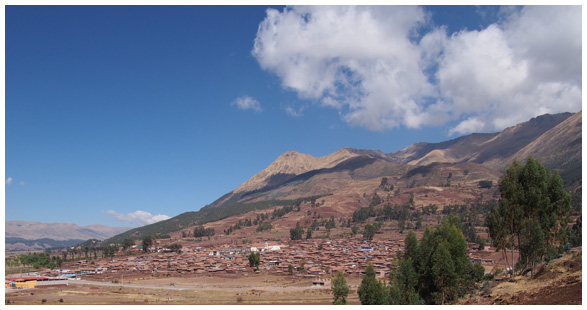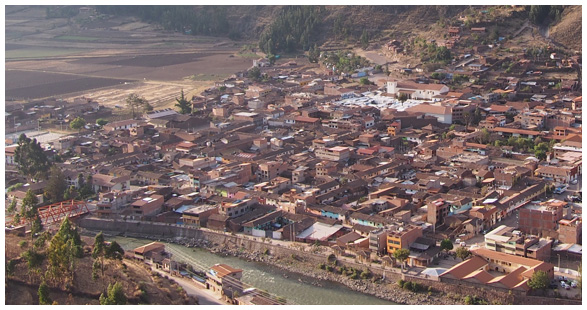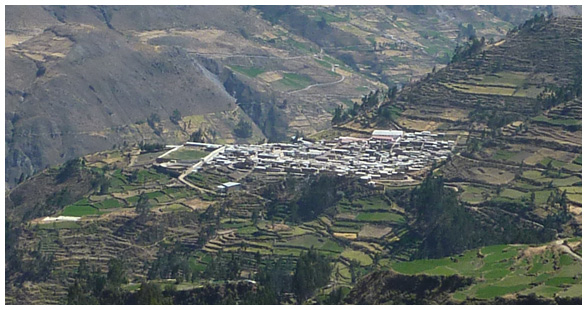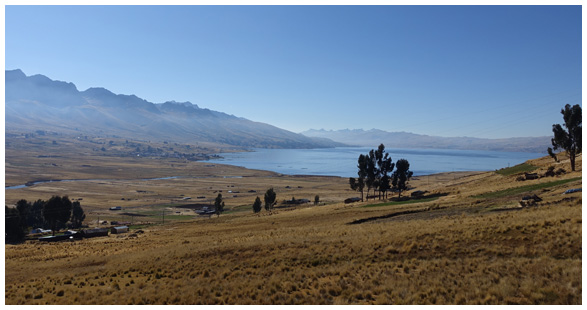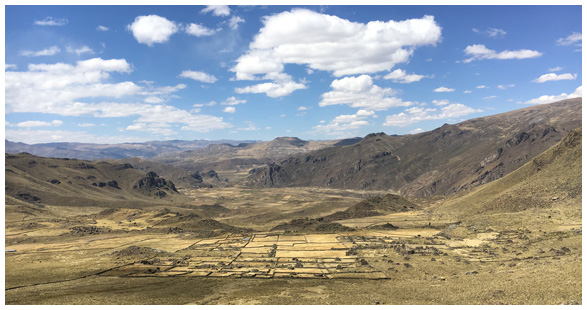From the sixteenth century onward, Spain adopted a forced resettlement policy in its American colonies, which required widely scattered small indigenous settlements to consolidate into larger, planned towns. The main objectives of this policy were to promote conversion of the native population to Christianity, and to make it easier to exact taxes and corvée labor from them. Among all the forced resettlement projects realized in Spanish America, that of the fifth viceroy of Peru, Francisco de Toledo, stands out for its authoritarian character, drastic measures, large scale, and profound impacts. Between 1570 and 1575, Toledo made an inspection tour of the vast Andean region. Using appointed inspectors, he made a detailed census of the native population, assessed taxes and built new towns called “reducciones”. The census, produced at the end of his inspection tour, lists a native population of 1.4 million distributed in more than 850 towns.
This research project aims to establish a comprehensive picture of Toledo's resettlement scheme. Despite its recognition as a watershed event in Andean history, Toledo's reform has not received the scholarly attention it merits. Basic information about its ideological background is still lacking, as also are its relation to European imperial politics and its evolution as a colonial policy. The process of its implementation is also poorly understood. Previous studies on this topic are highly localized, and, as a result, there is no consensus regarding its effects on native society. This project will attempt to compare different regional cases and clarify the general characteristics of Toledo's resettlement scheme. His reform will also be compared with similar reforms conducted elsewhere in Spanish America, and its significance in the history of Spanish colonization will be determined. Finally, the research project will compare Toledo's policy with other measures of state intervention in Europe, and thus clarify its place in the early modern political landscape.

